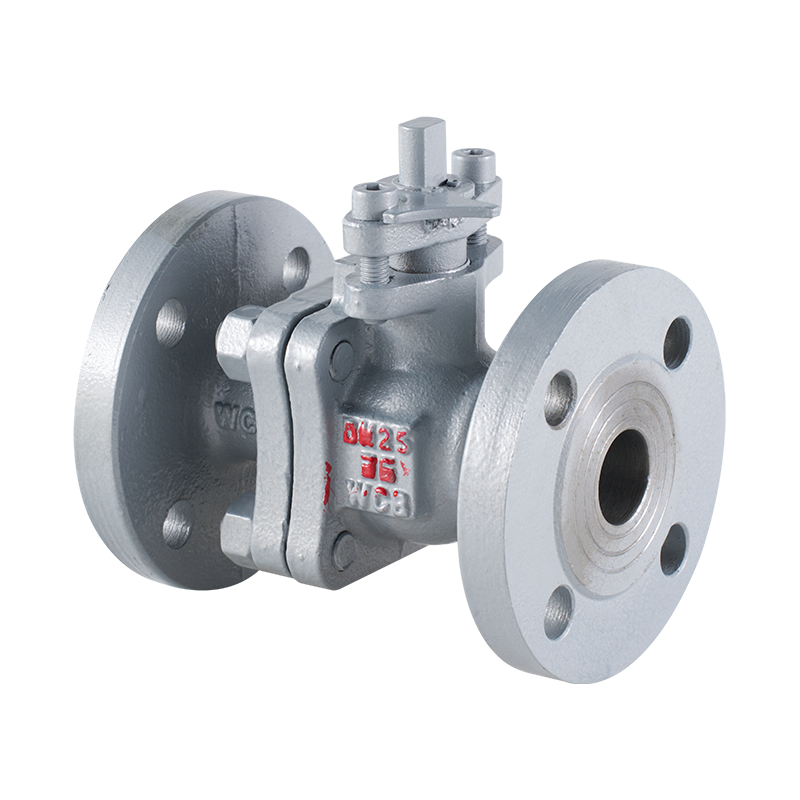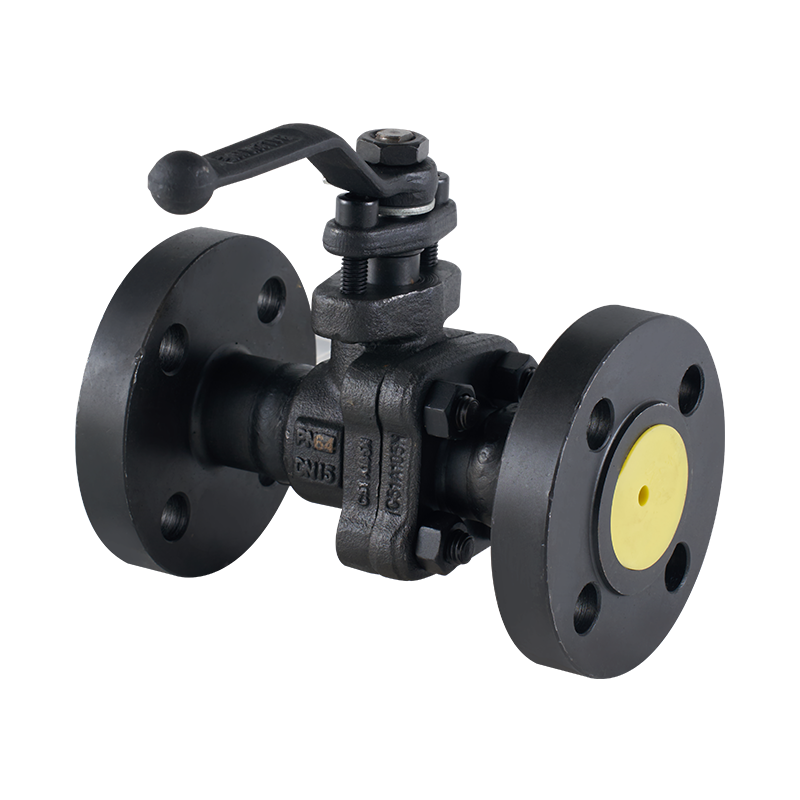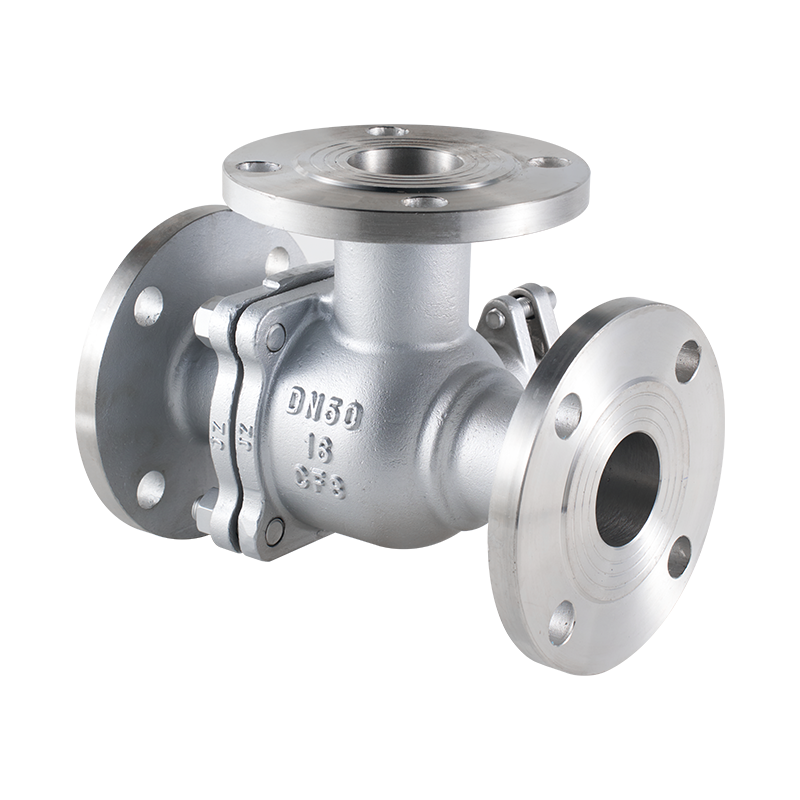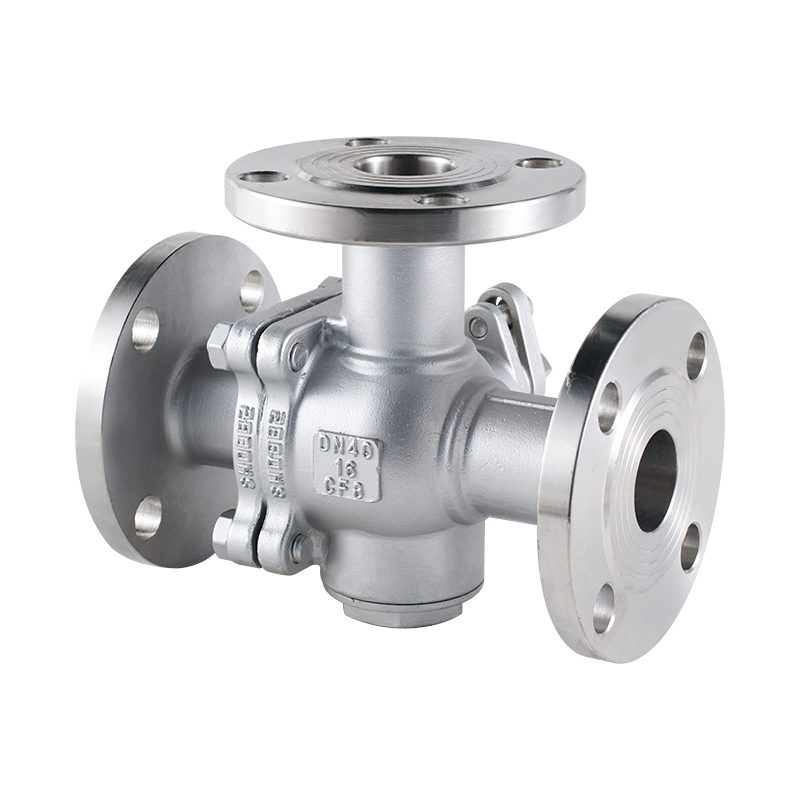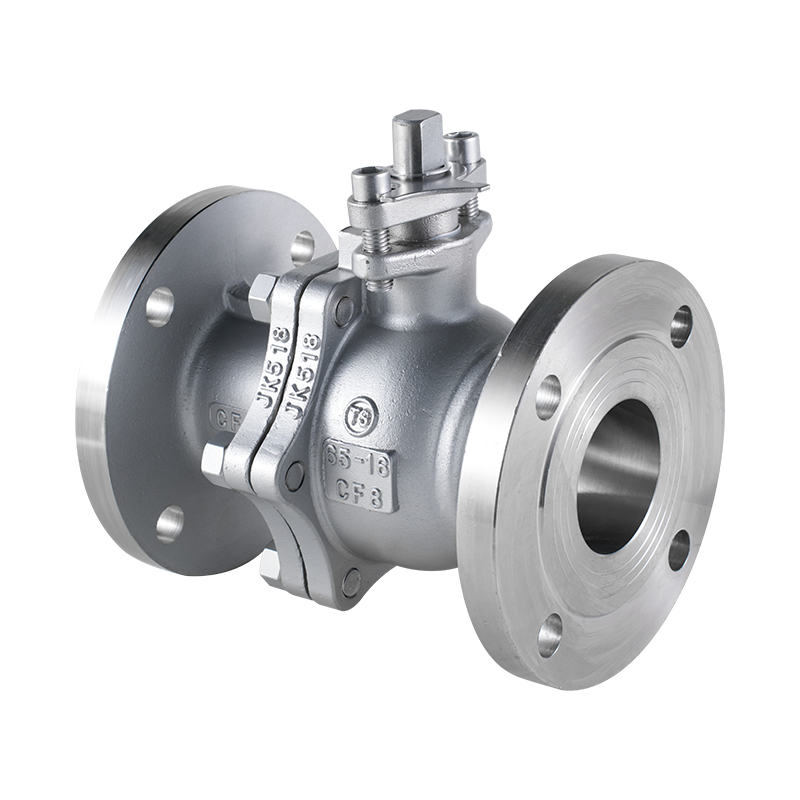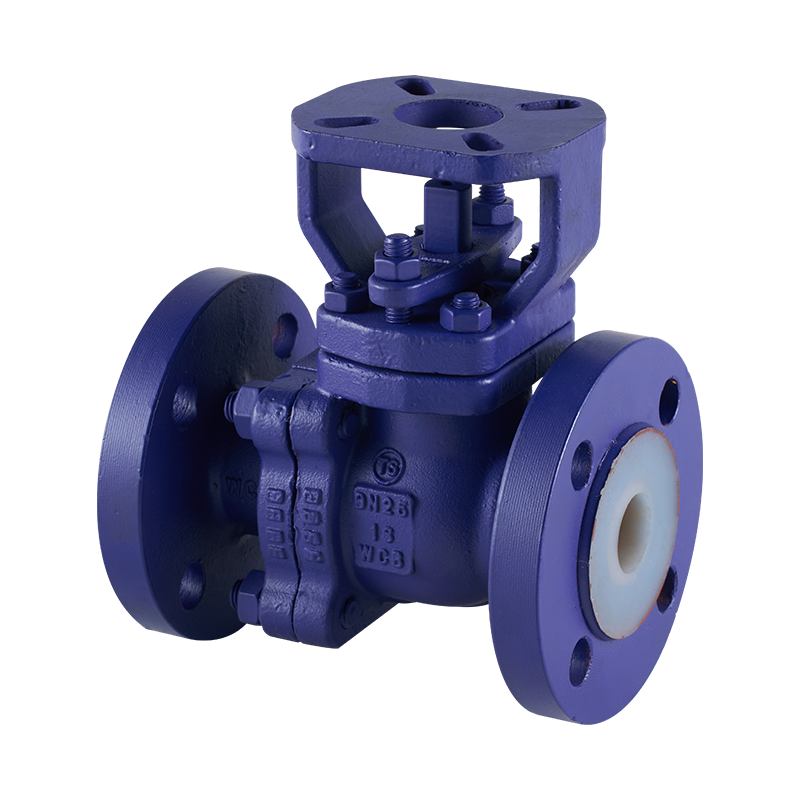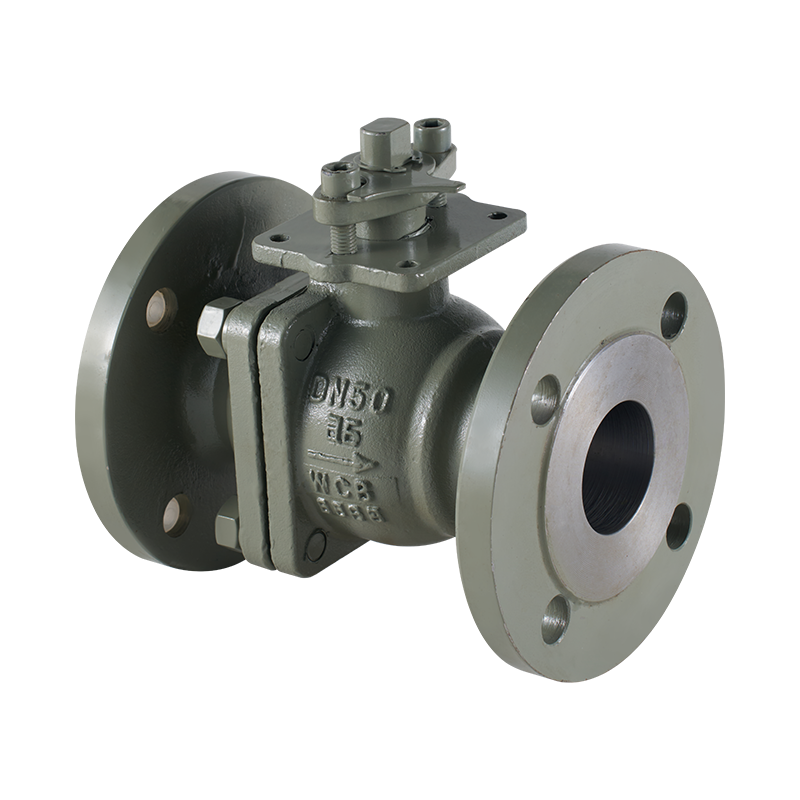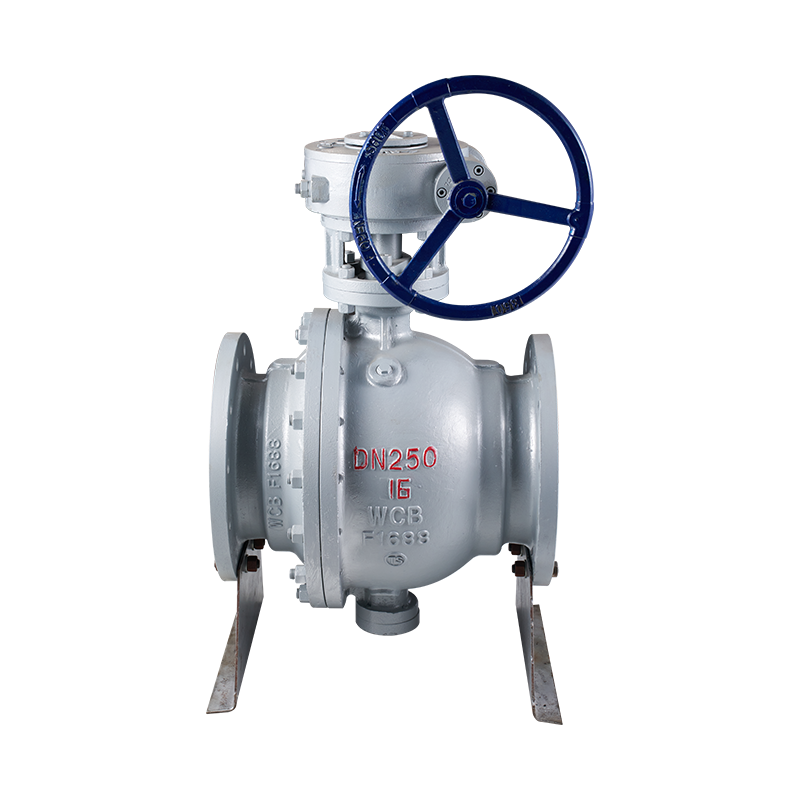When engineers search for reliable filtration solutions in industrial piping, two terms frequently arise: ANSI Y Type Strainer and Cast Steel Y Type Strainer. These devices serve the same core function — filtering particles from a fluid stream — yet the material choice (such as cast steel) can significantly affect performance, durability, and lifecycle cost.
1. The Material Factor: Why Cast Steel?
1.1 Matching ANSI Standards with Material Requirements
When a Y-type strainer is labeled “ANSI,” it typically means the design, flange dimensions, pressure classes, and mating compatibility follow ANSI/ASME flange standards. That ensures the strainer can integrate consistently into ANSI piping systems.
However, adherence to ANSI dimensions is only part of the puzzle. The strainer body material must support the mechanical and thermal loads imposed by the working environment. A Cast Steel Y Type Strainer is often paired with ANSI standards because cast steel can be designed to meet the strength, pressure, and temperature requirements demanded by ANSI classes.
Moreover, the difference in ANSI flange classes (e.g. Class 150. 300. 600. 900. 1500. etc.) affects the necessary wall thickness, gasket type, etc. — cast steel gives manufacturers more flexibility to meet higher pressure classes.

1.2 Strength, Toughness, and Structural Integrity
Compared to some other materials (e.g. cast iron, ductile iron, or lower-grade steels), cast steel exhibits higher toughness, better fatigue resistance, and stronger impact resistance. In dynamic or pulsating systems, the strainer may experience pressure surges, thermal expansion, or vibration. A Cast Steel Y Type Strainer is better suited to withstand those stresses without cracking or deforming.
1.3 Temperature and Pressure Capability
Many industrial applications — such as steam service, high-temperature hot water, or petrochemical service — demand filtration devices that endure extreme temperature and pressure. Cast steel can maintain structural integrity under such conditions, whereas some materials become brittle or lose strength at high temperature.
For example, cast steel bodies can be engineered to maintain sealing integrity at elevated temperatures and still conform to ANSI pressure-temperature ratings, making them suitable for demanding environments.
1.4 Corrosion, Wear, and Chemical Compatibility
While cast steel is not inherently as corrosion-resistant as stainless steel, it's more resilient than many lower-cost irons or unalloyed metals. And its alloying potential allows inclusion of elements (such as chromium, molybdenum) for enhanced resistance where needed.
In many industrial fluids (water, oil, steam, some non-aggressive chemicals), cast steel is entirely adequate, offering a good balance between performance and cost. When more aggressive chemistry is present, coatings or internal liners can be added, or internal screens can be of more corrosion-resistant materials.
2. Benefits in Practice: What Users Gain
Now that you understand why cast steel is favored in theory, let’s see how this decision plays out in real-world installations.
2.1 Durability and Long Service Life
A Cast Steel Y Type Strainer typically endures longer under demanding conditions, reducing replacement cycles. That translates into lower downtime, fewer interruptions, and lower maintenance labor over the lifetime.
2.2 Lower Total Cost of Ownership
Although cast steel units might have a higher upfront cost than basic cast iron or lower alloys, the avoided costs of failures, replacements, and associated downtime often justify the investment. Especially in critical systems (power plants, chemical plants), failures in filtration can cause major damage downstream (to pumps, valves, meters).
2.3 Better Resistance to Thermal Cycles and Pressure Surges
In systems with frequent temperature swings or pressure pulses, cast steel helps buffer against fatigue, expansion-induced stresses, and edge deformation. This yields more stable sealing and fewer leaks over time.

 English
English 中文简体
中文简体


